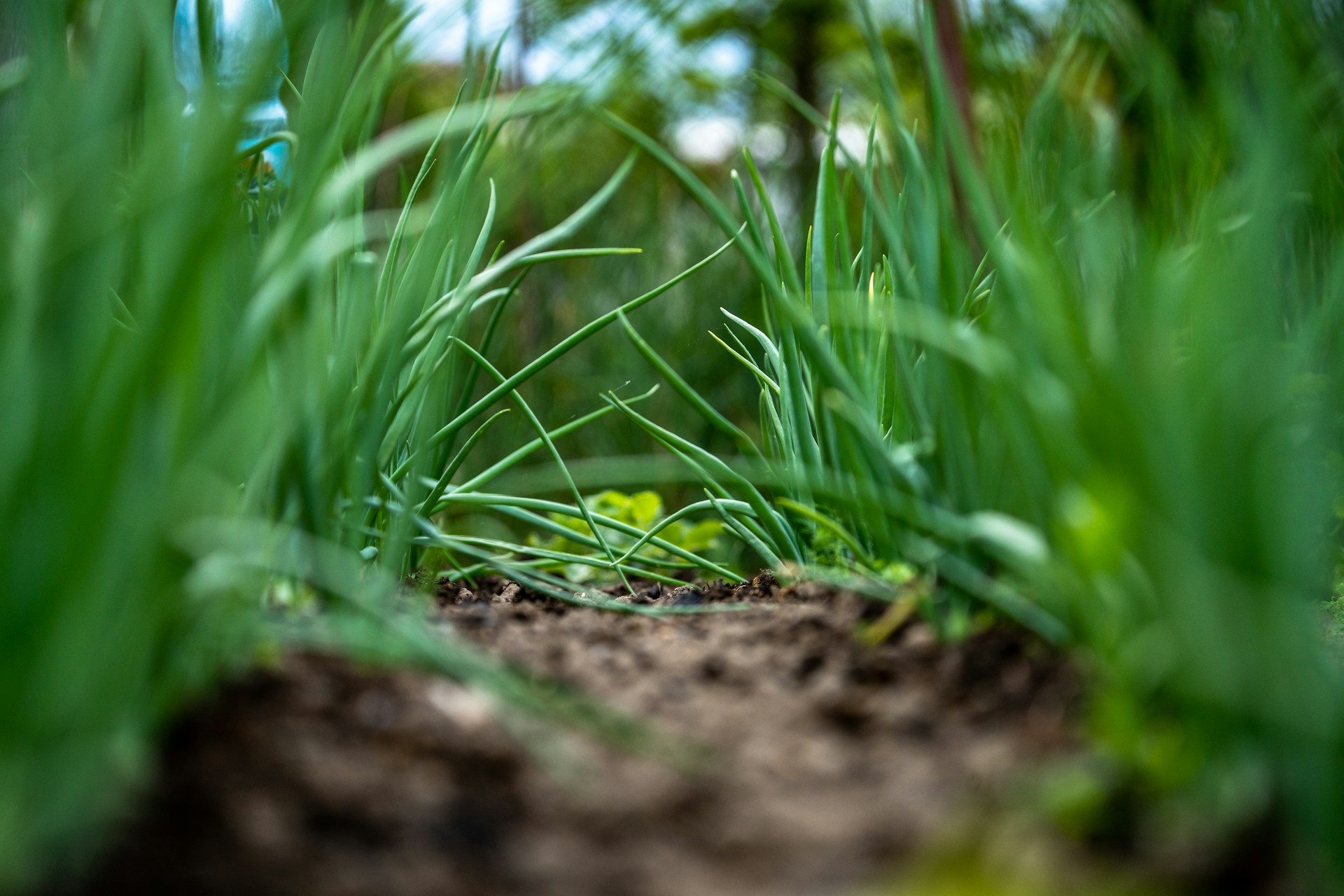
When it comes to onions, most people can easily distinguish between common types like yellow, red, or pearl onions. However, as spring arrives and brings a variety of fresh green onions, it can get confusing to differentiate between them. Whether you’re at a grocery store or farmers’ market, knowing which type of onion or allium to pick can make a difference in your cooking. Here’s a breakdown of the most common varieties and their uses.
Scallions and Green Onions
First, it’s important to note that scallions and green onions are actually the same thing. Depending on where you live, they might be labeled differently, but they refer to the same plant. Scallions have a white base with fine roots at the bottom, and their long, green tops extend upward. The entire plant is edible, with the white part delivering a more intense, onion-like flavor, while the green portion tastes milder, almost like chives. Scallions are versatile and can be eaten both raw and cooked, making them a great addition to many dishes, from salads to stir-fries.
Spring Onions
Spring onions often look similar to scallions, but the key difference is that spring onions have a small to medium-sized bulb at the base. This bulb forms as the onion matures. If left in the ground, spring onions would eventually grow into full-sized bulb onions. They have a fresh, bright flavor, making them ideal for raw uses, such as in salads, sandwiches, or even for pickling. Their youthful flavor provides a fresh alternative to older, stronger onions.
Garlic Scapes
Garlic scapes are another springtime treat. These are the young, tender shoots of garlic plants, characterized by their long, curling stems and a tight bud at the top. They come from hardneck garlic, which won’t be fully mature until the fall. Garlic scapes have a mild garlic flavor and can be eaten raw or cooked. They are often used in pestos, stir-fries, and pasta dishes. Their mellow taste allows them to add a hint of garlic without overpowering the dish.
Green Garlic
Green garlic is essentially baby garlic, harvested early before the garlic bulb has fully developed. These young plants look similar to scallions but are typically thinner. One easy way to tell the difference is by smell—green garlic has a distinct garlic aroma. It offers a milder garlic flavor compared to mature bulbs, making it a good option for dishes where you don’t want the garlic to be too strong, such as in dressings or salads. Green garlic can also be easier on the digestive system, especially for people who experience discomfort with regular garlic.
Leeks
Leeks are another type of allium, but they stand out because of their mild, sweet flavor. Unlike most other green onions, leeks are typically cooked rather than eaten raw. They are perfect for recipes that require subtlety, such as soups, stews, quiches, or even braised in stock or cream as a side dish. While their white and light green parts are tender and flavorful, the dark green tops are too tough to eat. However, you can save the green leaves for making stock. One thing to be aware of with leeks is that they grow in sandy soil, which can get trapped between their layers. Proper cleaning is essential to avoid getting grit in your food. To clean leeks, slice them lengthwise and rinse under cold water, allowing the water to run between the layers. Alternatively, you can chop them and soak them in a bowl of cold water, letting the sand settle to the bottom.
Understanding these differences can help you choose the right type of green onion or allium for your next dish. Each variety has its own unique flavor profile and best uses, so whether you’re making a fresh salad, a comforting soup, or a flavorful stir-fry, you’ll know exactly which one to pick